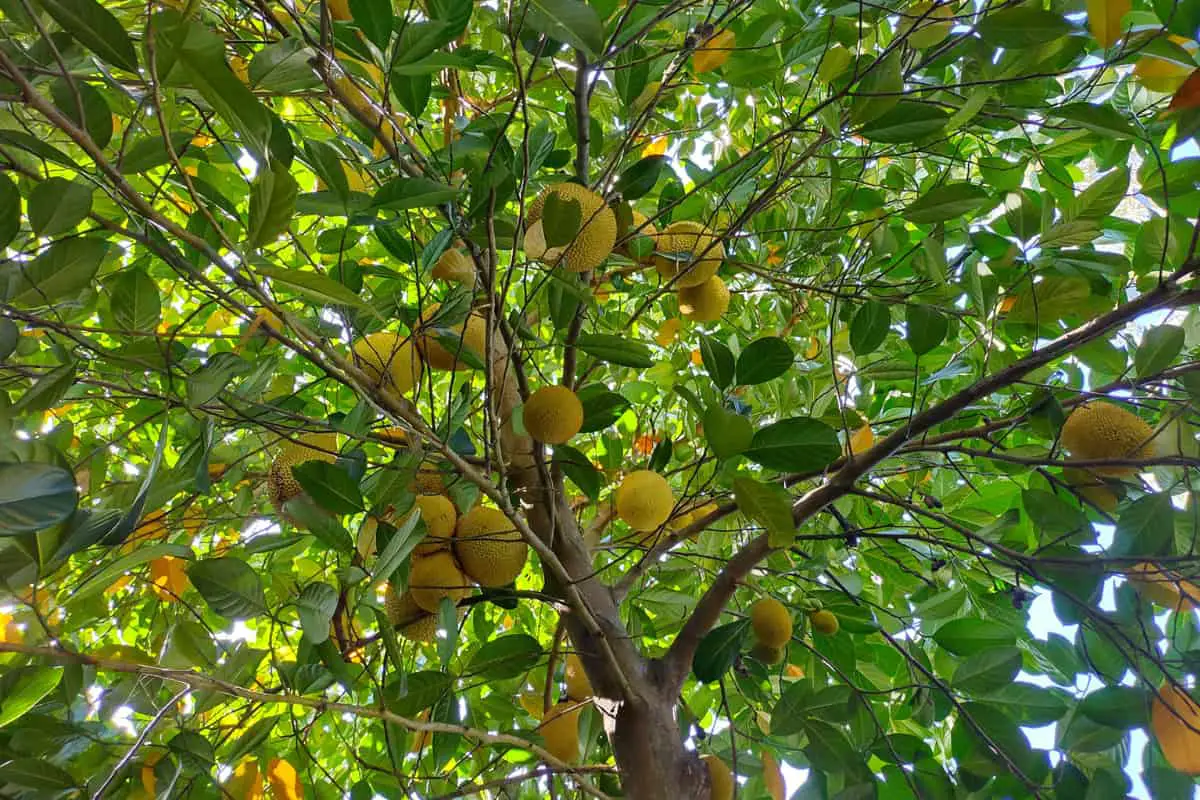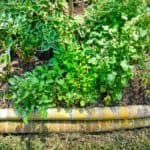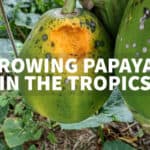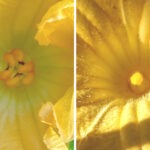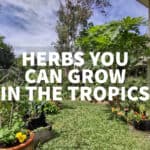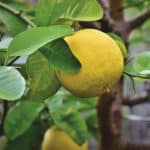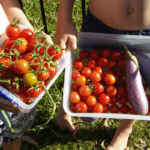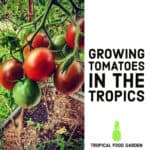This post may contain affiliate links.
In the tropics we really need to mulch. Mulching keeps weeds down, retains moisture, adds nutrients and keeps harsh rain and sun from damaging your soil. I’ve mulched with every imaginable substance, straw, hay, coconut mulch, grass clipping, and now I’ve found the best mulch for my garden. Chop and drop makes the best mulch and the best plants in my experience.

A lot of plants that grow in the tropics produce prolific foliage, particularly in the wet season, and if you can keep them well watered in the early summer, the dry season.
You’re going to have to cut your plants back quite regularly. Then what? What do you do with all that nutrient-laden organic material?
- put it in your compost tumbler
- put it on a compost heap
- add it to your worm bin
- make weed tea
- bury it, hugelkulture-style
- just chop and drop
What’s The Best Mulch?
Chop and drop may not look as pretty as a neatly mulched vegetable bed, but it works and you know that your mulch has been grown without chemicals, pesticides, herbicides, or other treatments.
I don’t trust a lot of bought mulch because I’ve seen workers throw fence panels into the chipper. They threw parts of my fence panels into the chipper. Those fences are CCA treated. That’s arsenic, copper, chrome, arsenic. I don’t want to put arsenic near my plants.
Wood chip is a popular mulch but unless I know it’s clean and chemical-free, I’ll only use it around ornamental plants.
I’ve bought organic sugar cane mulch for years. Until another gardener told me it contained herbicides. It’s good mulch, but I don’t want anything containing toxic chemicals around my plants.
Chop and drop is so successful that I now grow plants just for that purpose. Pidgeon peas, other than being an edible lentil and a nitrogen-fixing legume, make excellent material for chop and drop.
If I chop it small I can even mulch my plants in pots with this nutrient-dense green matter. My plants thrive after being top-dressed with organic material like this.
Another plant that accidentally became a chop and drop plant is pumpkin vines. Because pumpkins grow like crazy in all directions. And because pumpkins pop up all over my garden, all year round, literally like weeds, I cut them back. I cut them back to keep them within raised beds and to keep things tidy.
You can use plastic sheeting as mulch too, but why would I add plastic to my soil? I will never do that.
Cardboard is usually used as a base layer in raised beds, I’m very suspicious of chemicals in that too. Be absolutely sure to not use shiny, plastic-coated cardboard, just the brown stuff.
I still get pumpkins on vines I’ve cut back. We have more pumpkins than we could ever eat and one day soon I’m going to start selling them!
When you cut a pumpkin vine stem you’ll notice that it contains a lot of water. That water is great for your plants. I just chop them back and drop them in the middle of the bed.
The smaller you can cut it the faster it breaks down, the damper you keep it the faster it breaks down. As it breaks down all those nutrients and organic material are going back into your soil. Chop and drop is another way of making your soil more fertile, you are building better soil, which builds better vegetables.
I have pineapples all over my garden. Those in the more fertile, more moist soil grow huge, whereas those in poorer soil are tiny. You can see your soil improving by looking at your produce.
Bigger branches and palm fronds we chop using the mower or a garden chipper. It’s still chop and drop and it goes back on the garden, but green stuff breaks down so much faster.
It’s not a coincidence that my absolute best tomato plants grow where I’ve been chopping and dropping pumpkin plants for about half a year.
These are my thoughts on what makes the best mulch today. This is simply my experience and thought process. Do you agree? What mulch do you like to use for your edible fruit and veggie garden? Chop and drop is sustainable, free, easy, and it works. So that makes chop and drop, along with fallen leaves from my own naturally-grown trees, my favourite mulch.
